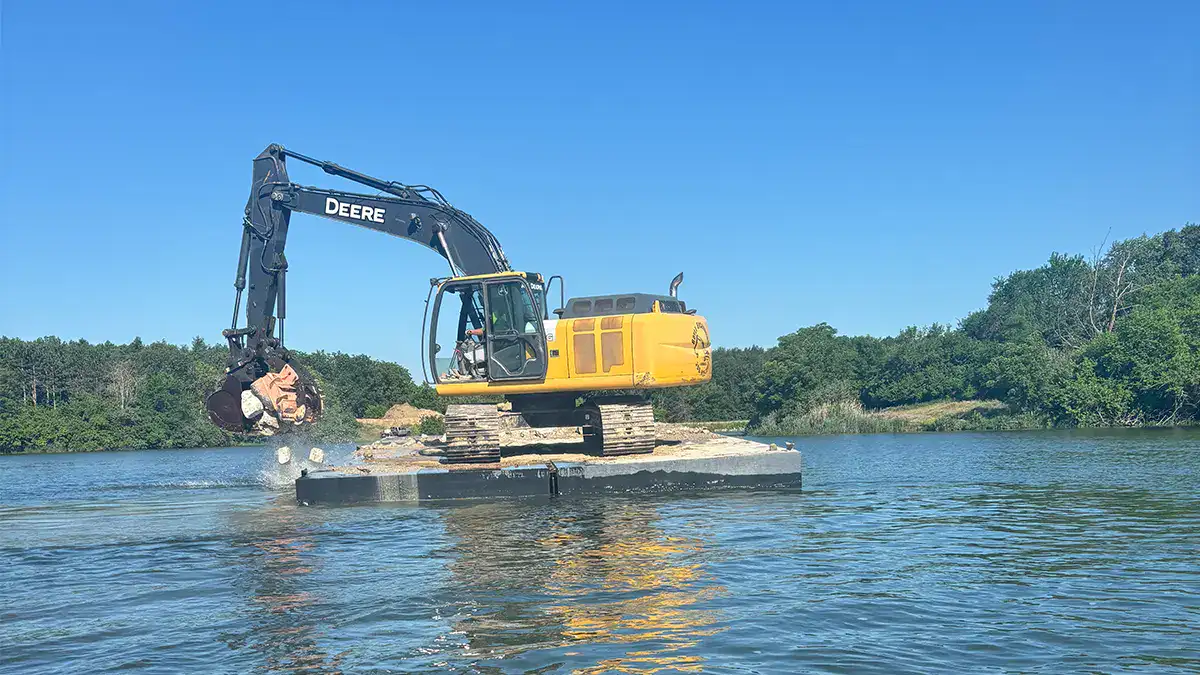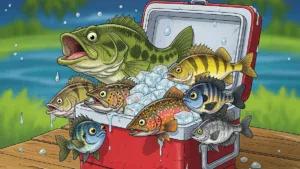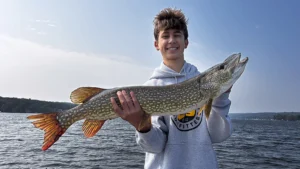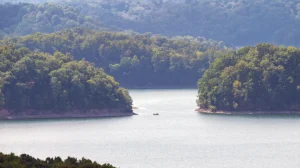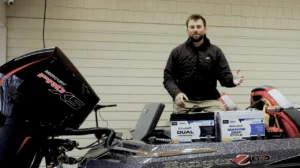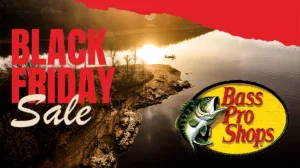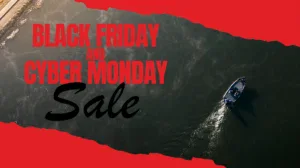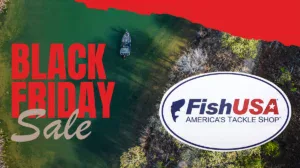A lake or river can go from fantastic to poor in the blink of an eye—and rarely because of a single factor. Floods, poor water conditions, excessive fishing pressure, habitat loss, drastic drawdowns, chemical spraying, and overharvest can all play a role.
As anglers, we spend more time on the water than almost anyone else. That gives us a responsibility—and a unique perspective. No time is more important than the time we spend paying attention to fish care and the health of the water itself.
Let’s talk about why.
Anglers See the Trends First
I’m not a biologist, ichthyologist, or even an armchair intern. But in my 69 years, I’ve logged a tremendous amount of time on the water. Many of us have. And that time matters.
We have excellent fisheries biologists and conservationists in this country, but they’re stretched thin. They’re asked to be planners, researchers, managers, vegetation specialists, stocking coordinators, and even permitting experts—often with shrinking budgets. They simply can’t do everything.
That’s why anglers must help fill the gaps.
Habitat and Water Quality: The Real Foundation
Healthy fisheries start with habitat and water quality. Period.
Across the country, property owners, municipalities, and anglers often clash over how water should be used or managed. Water has become a bargaining chip, and the tug-of-war between “enough” and “too much” is reaching a boiling point on many lakes.
Vegetation management is where these conflicts show up most clearly. Many property owners want the water in front of their homes perfectly clear and easy to navigate. Anglers often prefer vegetation left intact. Both sides have valid points, which makes compromise essential.
The best fisheries in the country almost always include areas that are tough — or even impossible — to access. Those untouched pockets are crucial refuges for fish and the forage they depend on.
The Science: A Giant Ecosystem Puzzle
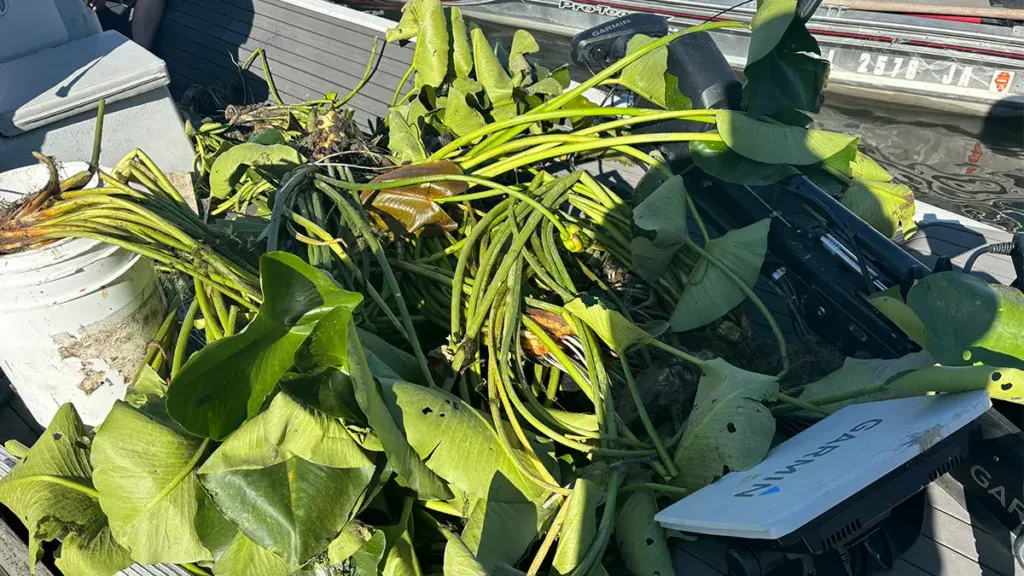
The debate over “good” versus “bad” vegetation has been going on forever. I never call aquatic vegetation “weeds” because it plays too important a role in filtering water, providing cover, and supporting the entire food web.
Gamefish need vegetation and hard cover for spawning, protection, ambushing prey, and simply surviving. Baitfish, bluegill, and crayfish rely on the same habitat. When forage suffers, everything suffers.
I’ve noticed in several Midwest lakes that crayfish populations are declining—and the fishing has declined right along with them. Water quality likely plays a role. Where I live, tributaries run through agricultural land treated with herbicides and pesticides. What flows across the fields eventually flows into the lakes.
Perspective Matters
I’ve been lucky enough to fish some of the best lakes in the country—and some of the worst. Wherever there’s water, you’ll find anglers. But that doesn’t mean every fishery is healthy.
My degree has nothing to do with fisheries science, but my job exposes me to the good, the bad, and the ugly every day. Too often we try to “fix” problems by introducing something else—grass carp, ladybugs, love bugs, you name it. Time on the water has taught me one undeniable truth: Mother Nature does the job better than we ever will.
Good habitat, good vegetation, and good water quality work together. If one is missing, the fishery declines. If too much emphasis is placed on just one, new problems arise. I see it constantly in conversations with anglers and experts nationwide.
Spraying, eradication, and extermination rarely work. Control can—but it requires planning, cooperation, and resources. The agencies involved often don’t coordinate well, and anglers are the ones who feel the consequences.
The Midwest: An Enigma
From a fishing perspective, the Midwest is unpredictable. Hunting is phenomenal, but fishing is wildly inconsistent — and habitat is the missing piece.
We can build great fisheries here. But only if we prioritize habitat and catch-and-release. Without both, long-term success is impossible.
Many private fisheries, especially around the Illinois River watershed, are thriving. Strip pits and borrow pits built during interstate construction have incredible potential. So why can’t we build public lakes that perform as well? It comes back to those same two variables: habitat and protection.
The Coming Fight for Water
Water is becoming more valuable than gold or oil in some regions. Large companies are buying water rights in places like California—and it would be naïve to think it couldn’t happen elsewhere.
Bit by bit, privatization of water is creeping in. Access is shrinking. Just as hunting leases have priced many people out of the woods, restricted access could push everyday anglers off the water. We must fight to keep public waters public. That battle is only beginning.
Anglers Can Be Part of the Solution
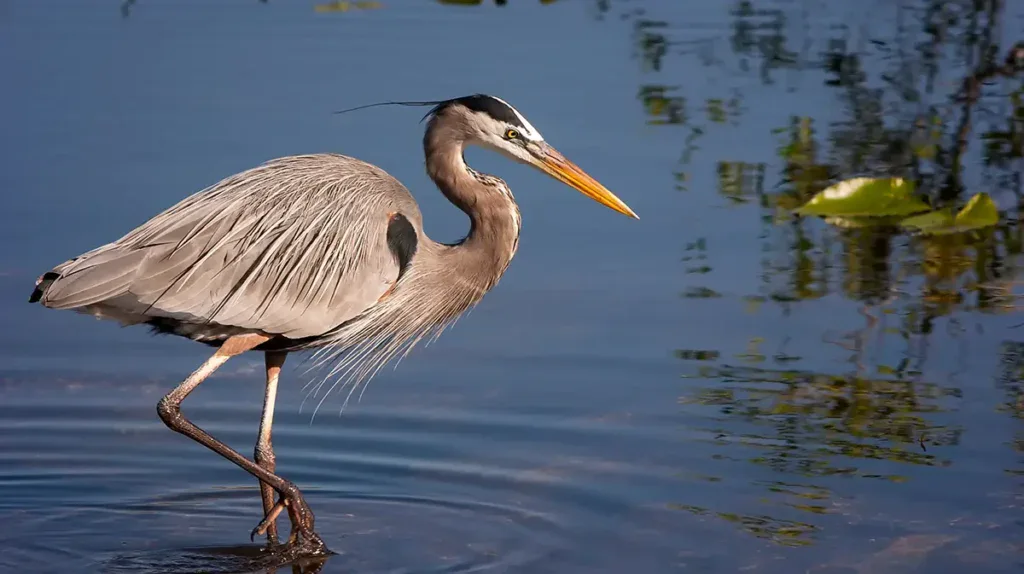
We are a massive community, but we lack organization. If we don’t get involved now—locally, statewide, and nationally—we may lose the access and fisheries we care about.
This is more than just fishing. It’s about protecting the waters that sustain wildlife, communities, and the sport we love.
Get involved. Speak up. Organize. If we wait, the future of public fishing may slip away before we realize what’s been lost.
